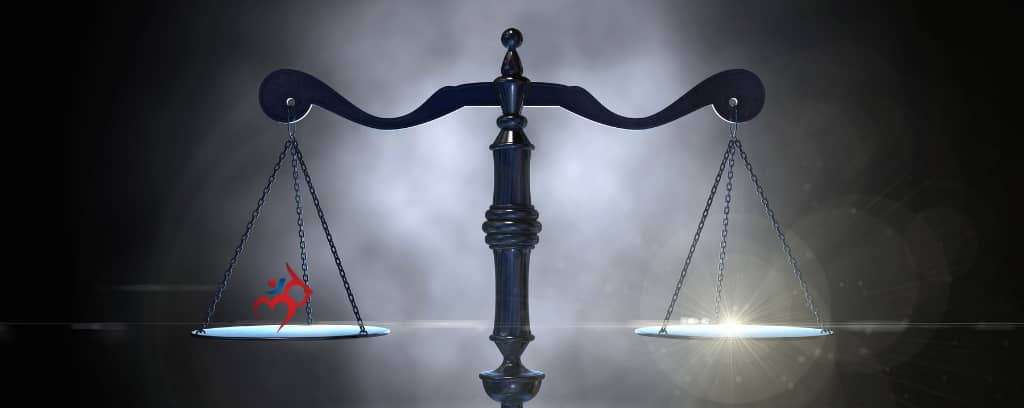Workplace conflict is tough enough, but when there’s a power imbalance (whether real or perceived), it can feel overwhelming. I’ve seen it time and again: employees feel powerless against management, sometimes leading them to overstate their case out of desperation. On the flip side, managers often feel caught in the middle. As the business sandwich generation, they try to satisfy both their team members and the higher-ups who sign their paychecks. This feeling of being unsupported can push anyone towards lawyers and court, even when they’d prefer a more collaborative solution.
That’s what happened to me. My own journey, including winning a lawsuit I never wanted to file, taught me firsthand the immense cost of adversarial battles. I won the lawsuit but I lost:
- Money
- Time
- Energy
- Relationships
- Opportunities
It solidified my belief that there has to be a better, more humane way to address complaints and errors.
Understanding Power Structures in Workplace Conflicts
Power in the workplace isn’t just about job titles. It’s also about influence, access to information, and even personality. An individual’s belief about their own power and their assessment of the other party’s power significantly impacts their behavior in conflict. Assessments like the DISC can help you predict how individuals might act under such stress, but you also have to be careful not to assume people will always act consistent with their default personality style. There are too many other variables that can affect conflict situations.
For example, formal authority often dictates the primary structure of organizations, but informal power sources can significantly impact the dispute resolution process. Additionally, power is ever-changing and context-dependent. Thus, conflicts rarely map neatly onto the organizational chart. Instead, they involve a dynamic interplay where informal influence can counteract or amplify formal authority. Mediators are trained to recognize this interplay and to maintain a neutral role, regardless of power struggles among the parties. We strive for process neutrality, ensuring a fair and balanced process where both parties have the opportunity to participate meaningfully.
Listening Deeper, Building Skills
Resolving conflicts where power dynamics are at play requires looking beyond the surface. It requires a multifaceted, interdisciplinary approach that considers how power operates within organizations and influences conflict dynamics. It also calls for the strategic application of techniques centered on empathy, such as deep, active listening, or what we call third ear listening:
- Empowering employees at all levels with conflict resolution skills
- Creating a climate where individuals feel safe to speak up and take interpersonal risks without fear of retribution
- Shifting negotiation strategies from positional bargaining to collaborative problem-solving
Our approach emphasizes a deeper, more compassionate form of listening that seeks to understand what lies beneath the surface of the conflict. It involves listening not just to the words but also for the root causes of workplace disputes:
- Unspoken emotions
- Unmet expectations
- Underlying values
- Hidden hurts
This concept seems particularly pertinent when power imbalances exist. Lower-power individuals often self-censor due to fear, meaning their true interests or the full impact of the conflict might not be explicitly stated. When professionals are sensitive to these potential omissions and listen for clues about suppressed needs or fears, they open new possibilities for resolution.
Creating a More Sustainable Workplace
While empathetic communication and skilled mediation are crucial, a systemic approach to addressing power imbalances also involves empowering employees at all levels to manage conflict constructively themselves. Relying solely on managers, human resources and union representatives, or external mediators can create bottlenecks and may not address issues at their source.
Proactive organizational measures to prevent conflicts rooted in power imbalances include:
- Clear communication policies
- Fair labor practices (including correct worker classifications)
- Ongoing training
Sometimes you need help with the implementation and reinforcement. We’re here for you then, too.

